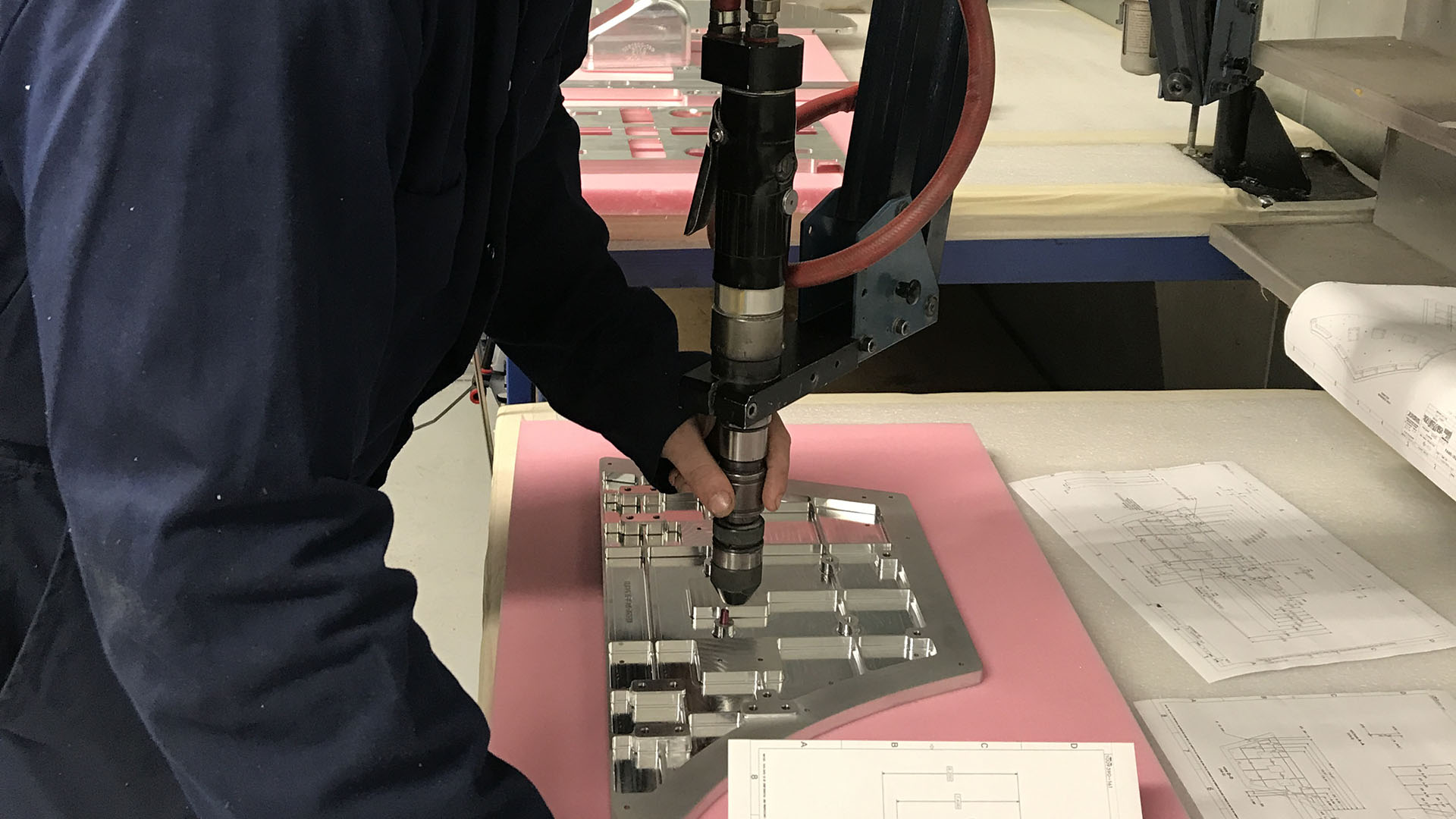Inserting is a manufacturing process where individual parts, such as metal inserts, fasteners, or electronic components, are added or embedded into a larger assembly or base material. This process is common in both manual and automated assembly lines and can be used with materials like plastics, composites, metals, and electronics.
The inserted components often serve specific functions, such as strengthening the material, enabling connections, or adding electrical or mechanical capabilities. Inserting components can involve several techniques, including, press-fitting, ultrasonic welding, thread inserts, over moulding, surface mount technology (SMT).
Inserting components is valuable in manufacturing fields like automotive, electronics, and consumer products, where secure, efficient, and durable assemblies are essential.
The key benefits of inserting components:
- Inserts, like metal fasteners, reinforce materials (especially softer materials like plastics), making connections more robust and extending product lifespan.
- Pre-inserted components streamline assembly, allowing for faster, easier connections and reducing the need for additional parts.
- Inserts allow different materials to be joined effectively, expanding design options and enabling the use of lightweight or specialised materials.
- Threaded inserts or fasteners allow for components to be removed and replaced without damaging the base material, making maintenance simpler.
- By reinforcing materials, inserts reduce the need for heavier or more expensive materials, making products lighter and more cost-effective.
- Inserts can withstand repeated use and stress, particularly in applications with frequent assembly/disassembly, helping to prevent wear.
- Inserts, especially in electronics, allow for secure placement of small components, ensuring accurate alignment and enhanced functionality.
- Reliable and precise connections result in high-quality end products, essential in industries like aerospace and medical devices.


